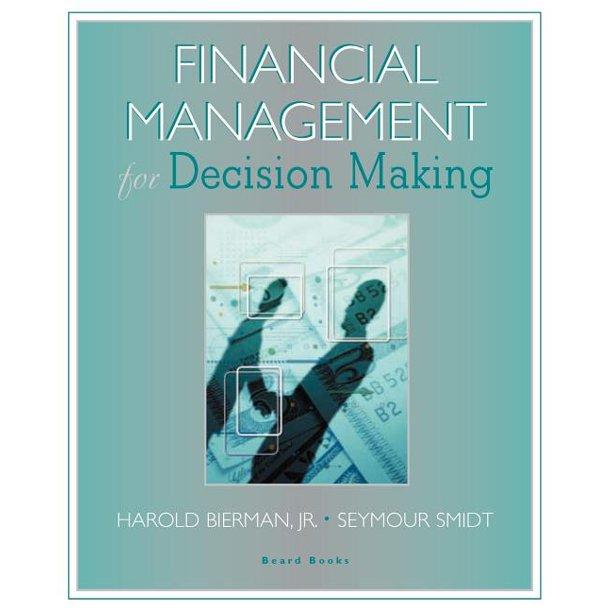The principal of the time value of money is probably the single most important concept in financial managernent. One of the most frequently encountered applications involves the calculation of a future value. The process for converting present values into future values is called This process requires knowledge of the values of three of four time-value-of-money variables. Which of the following is not one of these variables? The interest rate (1) that could be earned by invested funds The present value (PV) of the amount invested The inflation rate indicating the change in average prices The duration of the investment (N) All other things being equal, the numerical difference between a present and a future value corresponds to the amount of interest earned during the deposit or investment period. Each line on the following graph corresponds to an interest rate: 0%, 9%, or 18%. Identify the interest rate that corresponds with each line. VALUE Dollars 0 1 2 3 4 5 6 7 8 9 10 TIME Years Line A Line B: Line C: MacBook Air 20 999 F2 F3 F4 @ # 3 $ 4 % 5 & 7 2 6 8 VALUE (Dollars 0 1 2 3 4 5 6 7 8 9 10 TIME Years Line A Line B: Line ! Investments and loans base their interest calculations on one of two possible methods: the interest and the interest methods. Both methods apply three variables--the amount of principal, the interest rate, and the investment or deposit period--to the amount deposited or invested in order to compute the amount of interest. However, the two methods differ in their relationship between the variables. Assume that the variables 1, N, and PV represent the interest rate, investment or deposit period, and present value of the amount deposited or invested, respectively. Which equation best represents the calculation of a future value (PV) using: Compound Interest? Simple interest OFV = PV + (PV XIXN) PV = P x (1 + 1) PV = (1+1)/ PV OPPV + (PVXIXN) PV = PV XIXN OFV = PV x (PVxIxN) MacBook Air 80 F2 F3 . 2 # 3 $ 4 % 5 & 7 6 8 Identify whether the following statements about the simple and compound interest methods are true or false. True False Statement All other factors being equal, both the simple interest and the compound interest methods will accrue the same amount of earned interest by the end of the first year. After the end of the second year and all other factors remaining equal, a future value based on compound interest will never exceed the future value based on simple interest. The process of earning compound interest allows a depositor or investor to earn interest on any interest earned in prior periods. O . 0 Dimitri is willing to invest $45,000 for six years, and is an economically rational investor. He has identified three investment alternatives (X, Y, and Z) that vary in their method of calculating interest and in the annual interest rate offered. Since he can only make one investment during the six-year investment period, complete the following table and indicate whether Dimitri should invest in each of the investments. Note: When calculating each investment's future value, assume that all interest is earned annually. The final value should be rounded to the nearest whole dollar. Make this investment? Yes No Expected Future Value Investment Interest Rate and Method 11% compound interest Y 13% compound interest Z 13% simple interest OOO









